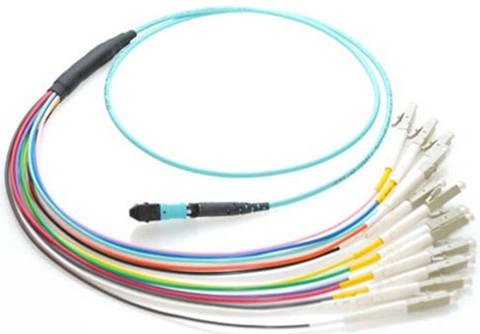

Type A cables are also used on one end of 40/100 Gig applications to connect the patch panel ports to their corresponding transceiver ports. Method A cables are used in Duplex applications along with a standard A-B LC/SC patch cord on one end and A-A LC/SC patch cord on the other end to set the proper Tx/Rx positions required. There are two types of Duplex fiber patch cable options A to A connection and A to B connection.ġ0Gig Duplex and 40/100 Gig Parallel Applications The TIA standard also explains that all MTP/MPO polarity methods should use a Duplex patch cable to complete the fiber circuit. See Type C 12Fiber diagram below for more details. This design allows each adjacent fiber on one end to be flipped on the other end, for example Fiber1 from one end will connect to Fiber2 on the other end. Type C aka Method C is known as a pairs flipped cable, it has a key up on one end and a key down on the other end of the cable.

See Type B 12Fiber diagram below for more details. This design allows each fiber to mate with the opposite end, for example Fiber1 from one end will connect to Fiber12 on the other end. Type B aka Method B is known as a reverse cable, it has key up orientation on both connector ends. This design allows the fibers to have the same position at each end of the cable, for example Fiber1 from one end will connect to Fiber1 on the other end. Type A aka Method A is known as a straight through cable, it has a key up on one connector end and a key down on the other connector end of the cable. Because there are so many combinations of these features for one MPO cable it is important to understand when and how they are used. All of these connector features help users maintain the proper Polarity required across different applications, ensuring the transmit and receiving ends are interconnected properly. Lastly there is a White mark on the side of the connectors which indicates where the Fiber position 1 is. The connectors also have a Keys (or grooves) at the top or bottom which keeps them in place after being connected. The connectors come in a Male (with pins) or Female version (no pins), this helps keep the end face aligned at the fiber connections – The end-face alignment/polish usually come in Straight (for MM) or Angled (for SMF). The MTP/MPO connectors can contain from 8 through 72 fiber strands, 12 strands being the most common. In this article we will go over those MTP/MPO Fiber Pinout options. Individual cables come in 8 through 72 fiber strands (12 fibers being the most common) and have a variety of pinout options to suit different application requirements. With the increasing bandwidth and network connection needs of data centers, MTP/MPO fiber cables have become the main solution for 40G/100G/400G high-density environments.


 0 kommentar(er)
0 kommentar(er)
